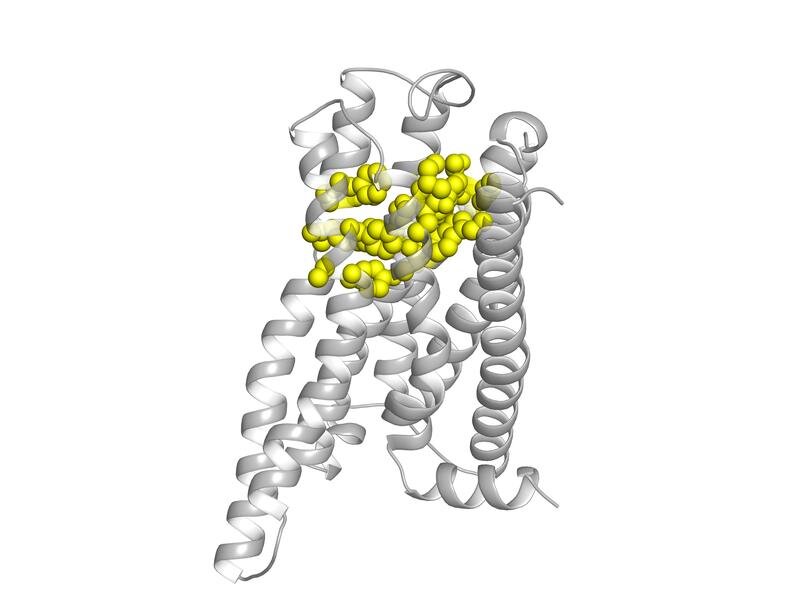Taste receptors for bitter substances are not only found on the tongue but also on cells outside the oral cavity. As a new study by the Leibniz Institute for Food Systems Biology at the Technical University of Munich now shows, extraoral bitter taste receptors could also serve as endogenous sensors for bile acids.
This discovery suggests that, in addition to food components, endogenous substances may have influenced the evolution of bitter taste receptors. Furthermore, the study provides new approaches to explore the health effects of food constituents in which extraoral bitter taste receptors are involved.
As taste sensors, bitter taste receptors serve to detect and avoid potential toxins in food. Relatively recent findings also indicate that bitter taste receptors are also found on cells of the lung, brain, and gastrointestinal tract, and on blood and sperm cells. A fact that suggests further, less well-studied receptor functions exist in the body, especially since the human body also produces bitter substances itself.
Based on these findings, the question arises whether bitter taste receptors evolved primarily as taste receptors or rather as endogenous sensors interacting with endogenous bitter substances. The latter, of course, would require that concentrations of endogenous substances in the corresponding body fluids be sufficient to activate endogenous bitter taste receptors on extraoral tissues and cells.
Bile acids are a good example of endogenous bitter substances and are present in various body fluids. Therefore, a team led by Maik Behrens from the Leibniz Institute in Freising, Germany, investigated which of the approximately 25 human bitter taste receptor types respond to physiologically relevant bile acid concentrations. For this purpose, the team used an established cellular test system and combined functional experiments with molecular modeling approaches. The eight bile acids tested included primary, secondary, tertiary, and conjugated bile acids. The study is published in the journal Communications Biology.
2023-07-03 13:00:04
Original from phys.org rnrn
